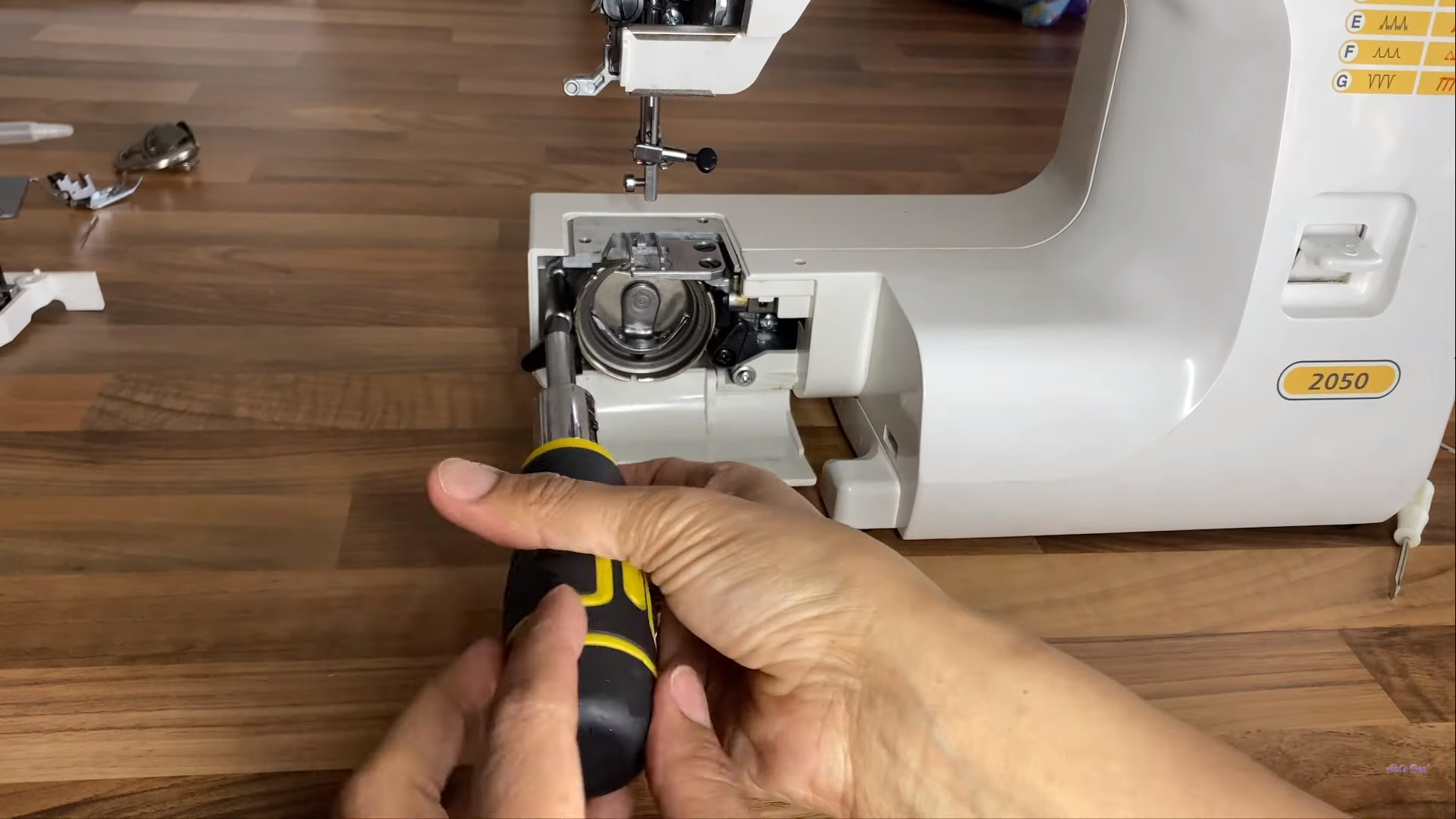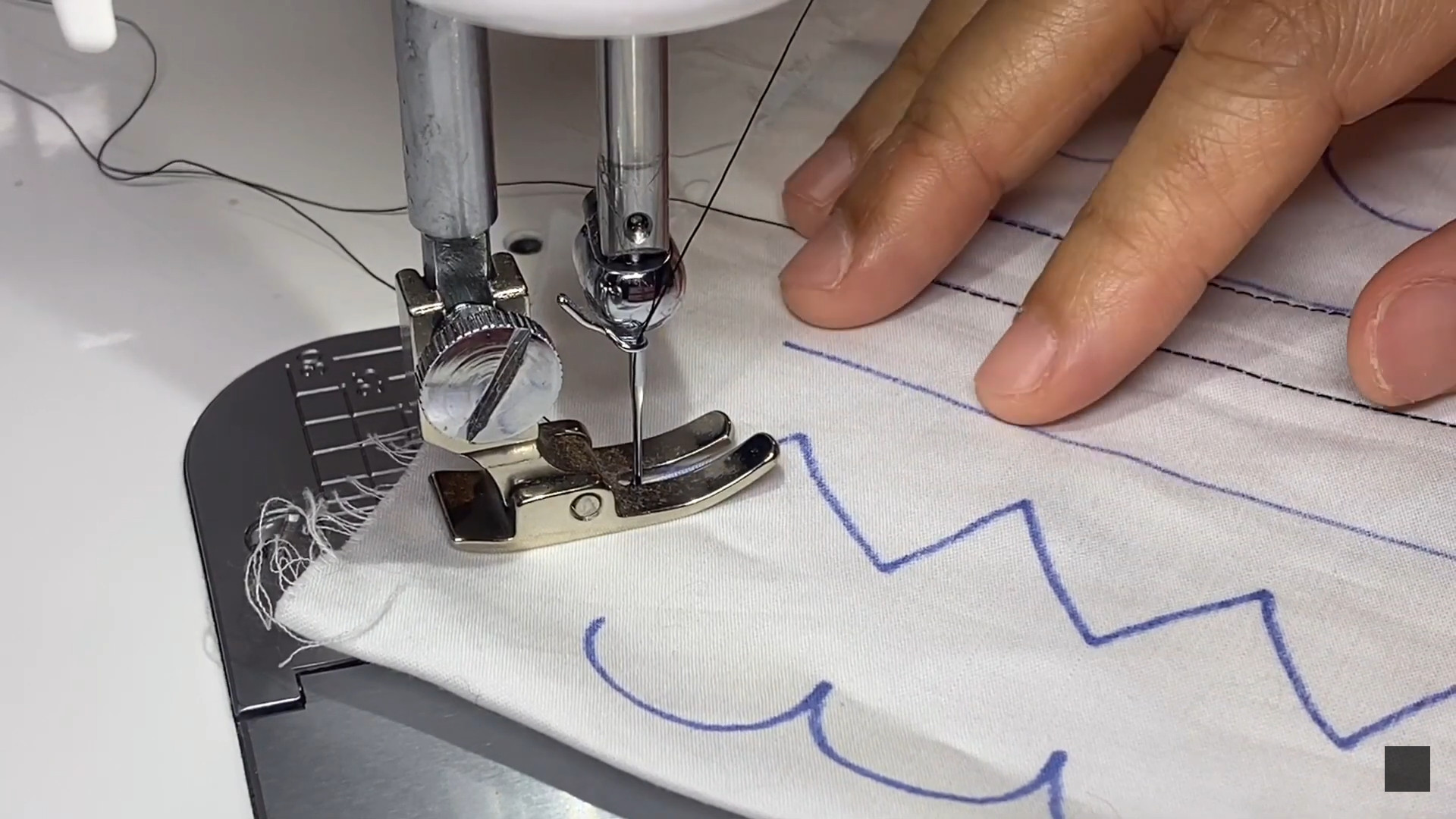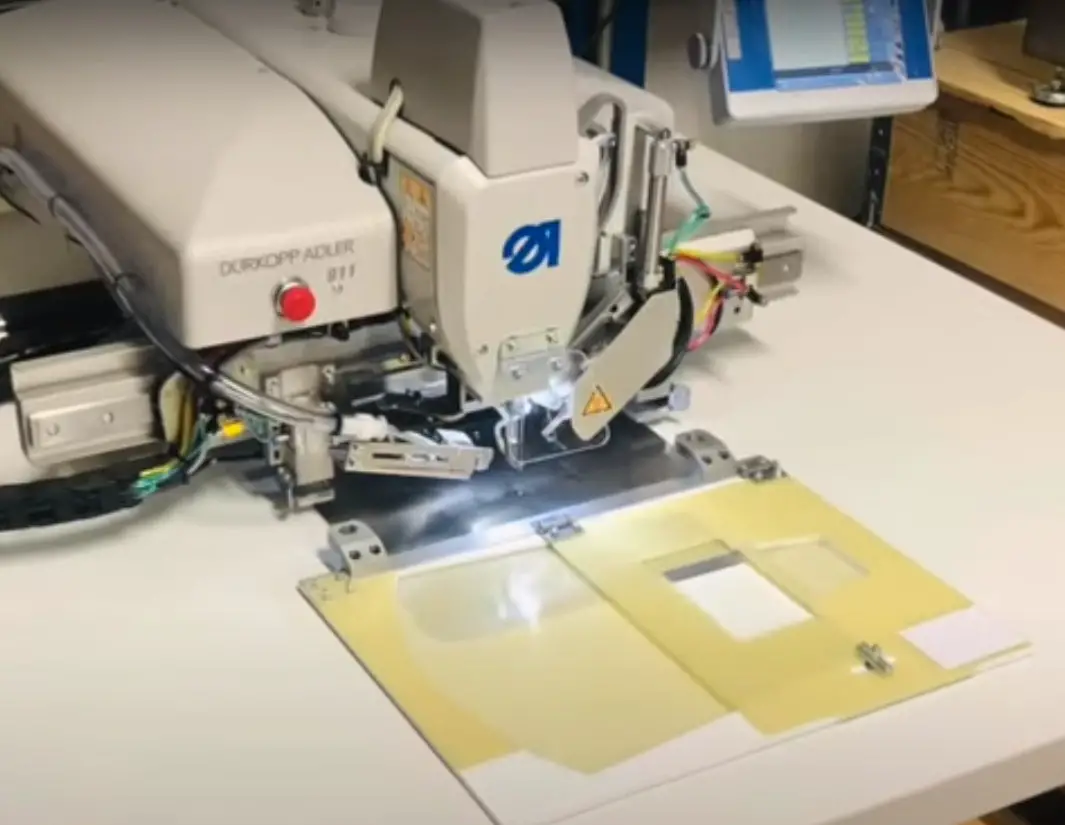Embroidery Thread Vs Sewing Thread (Detailed explanation)
Do you know that embroidery thread is different from sewing thread? If you don’t use them correctly, the result won’t be at its best.
Today, we will help you compare embroidery thread vs. sewing thread in some crucial aspects. Let’s check it out to determine the best one for your artwork!
Table of Contents
What Is An Embroidery Thread?
Embroidery thread is a type of sewing thread that works primarily for embroidery. The embroidery thread is stronger and less twisted than regular sewing thread.
The embroidery thread is shinier. You can also get it in more textures and colors because people mostly use it for decorative designs and stitches.
The thread may contain one single strand or more. While delicate designs go well with single-strand thread, you need more strands to handle a large area in your fabric.
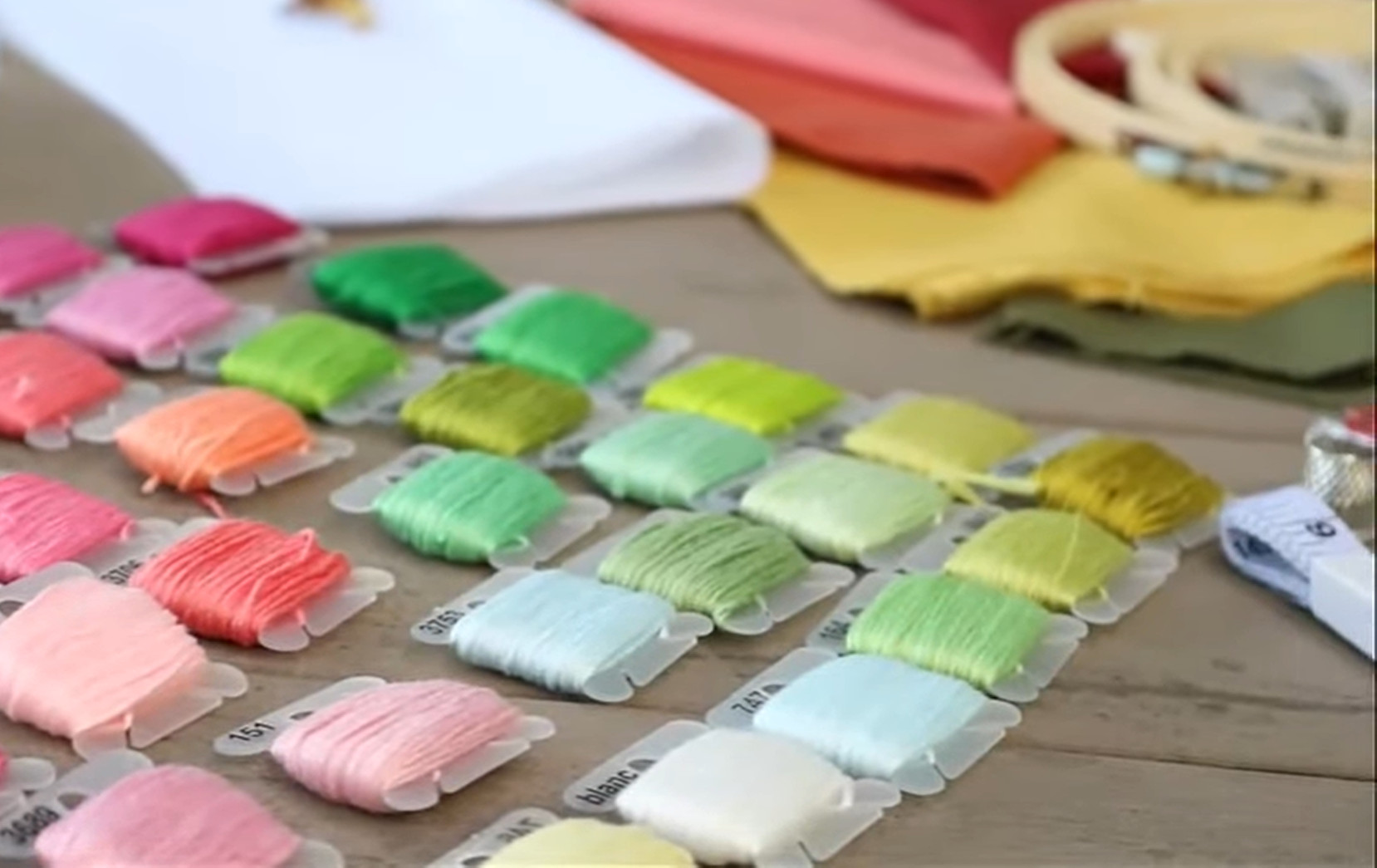
What Is Sewing Thread?
As its name implies, sewing thread is the best option for sewing. You can choose it from multiple materials to find the best fit for your design.
This kind of thread must be very fine so that it may easily go through the needle’s eye.
Yet, the sturdiness is also crucial because the thread has to withstand the stitching speed of the sewing machine.
The primary purpose of sewing thread is to penetrate at least two layers of fabric, maintain the textiles’ attachment, and generate durable stitching.
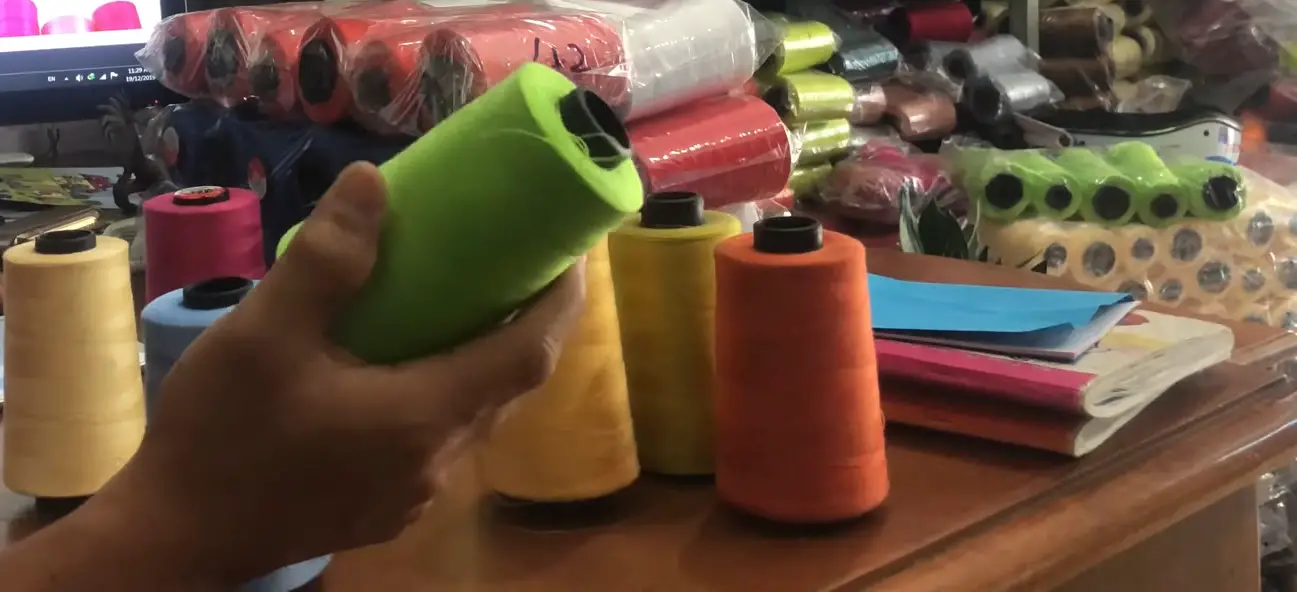
Read More: Singer Sewing Machine 1920
Differences Between Embroidery Thread Vs. Sewing Thread
There are some similarities between the two kinds of thread.
For example, you can find them in the same materials, although some are more common for sewing or embroidery thread.
Besides, they may come in the same colors. Yet, embroidery thread has more sheen and can retain the dye better.
No matter how similar they look, you can find the differences between embroidery and sewing thread in use, size, texture, strength, and material. Let’s dig into each factor deeper.
Read More: Sewing Tools and Equipment
Use
We often use embroidery thread for one main purpose: decoration. The color diversity allows us to stitch on our fabric beautifully.
Meanwhile, sewing thread can serve more projects, such as mending, dress-making, quilting, or even repairing. You can also use sewing thread for embroidery, although the result won’t be as stunning.
Size
The thread size influences how heavy it is. In general, we number sewing threads from 100 to 12. Embroidery thread is often size 40, while the size for the sewing thread is usually 50.
Texture
The sheen of embroidery thread is impressive, and you won’t find it in any sewing thread. This feature makes it perfect for decorative designs.
On the other hand, we mainly use sewing thread for sewing. Hence, it must be sturdy. The sheen isn’t necessary for such projects.
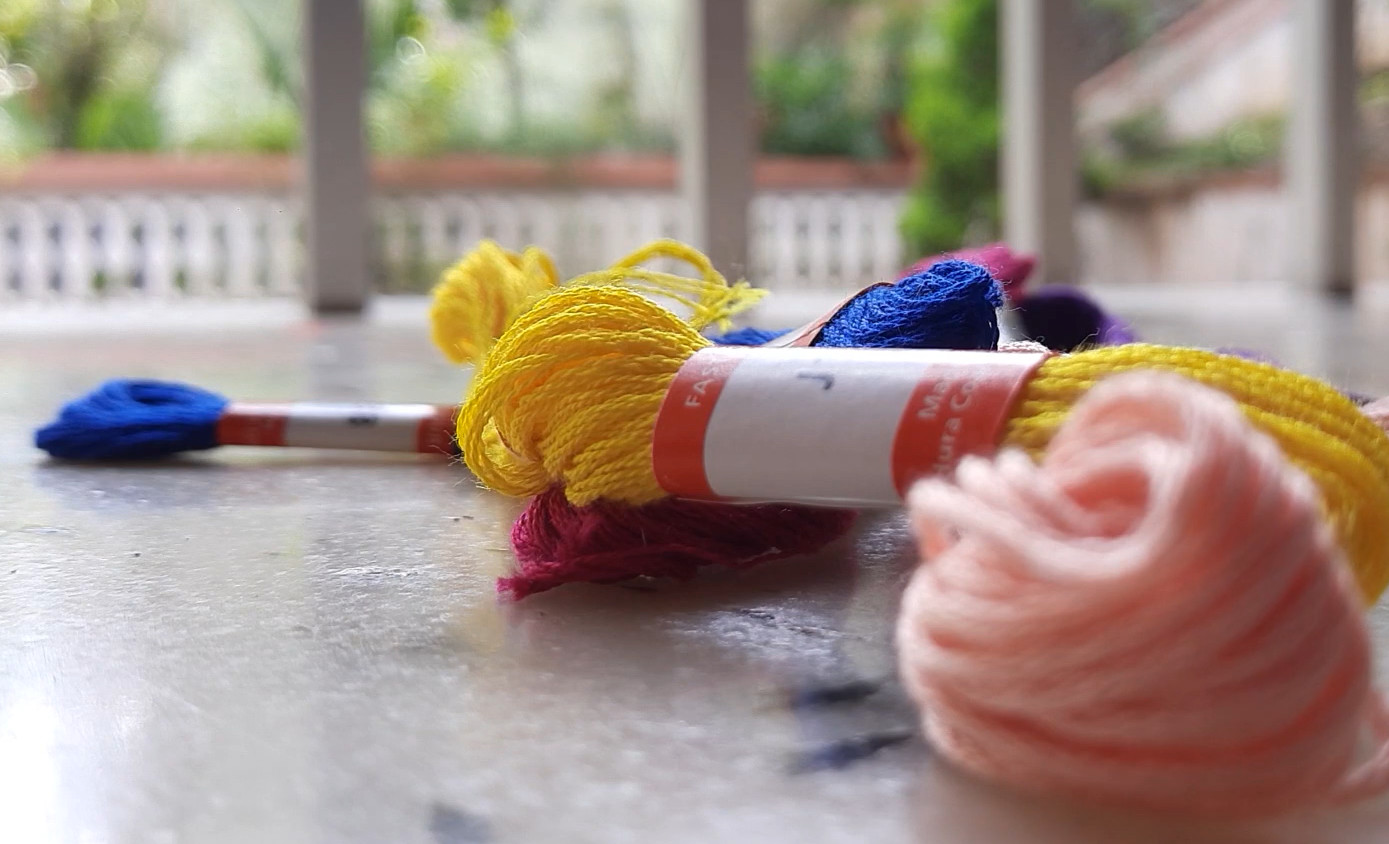
Strength
To handle high-speed sewing machines, sewing threads must be robust and durable to resist ripping, distortion, or tangling when stitching.
Because of the sturdiness, you need a blade or scissors to cut sewing thread, even when you are using a sewing machine.
On the contrary, we don’t often use a sewing machine to embroider. As a result, embroidery thread doesn’t have to be strong.
Moreover, we embroider by hand and do it slowly. You can also have a nicely-crafted design with enough care, cleverness, and attention.
Some factories or individuals have embroidery projects that call for a sewing machine. In this case, ensure the thread is strong enough to withstand the stitching speed.
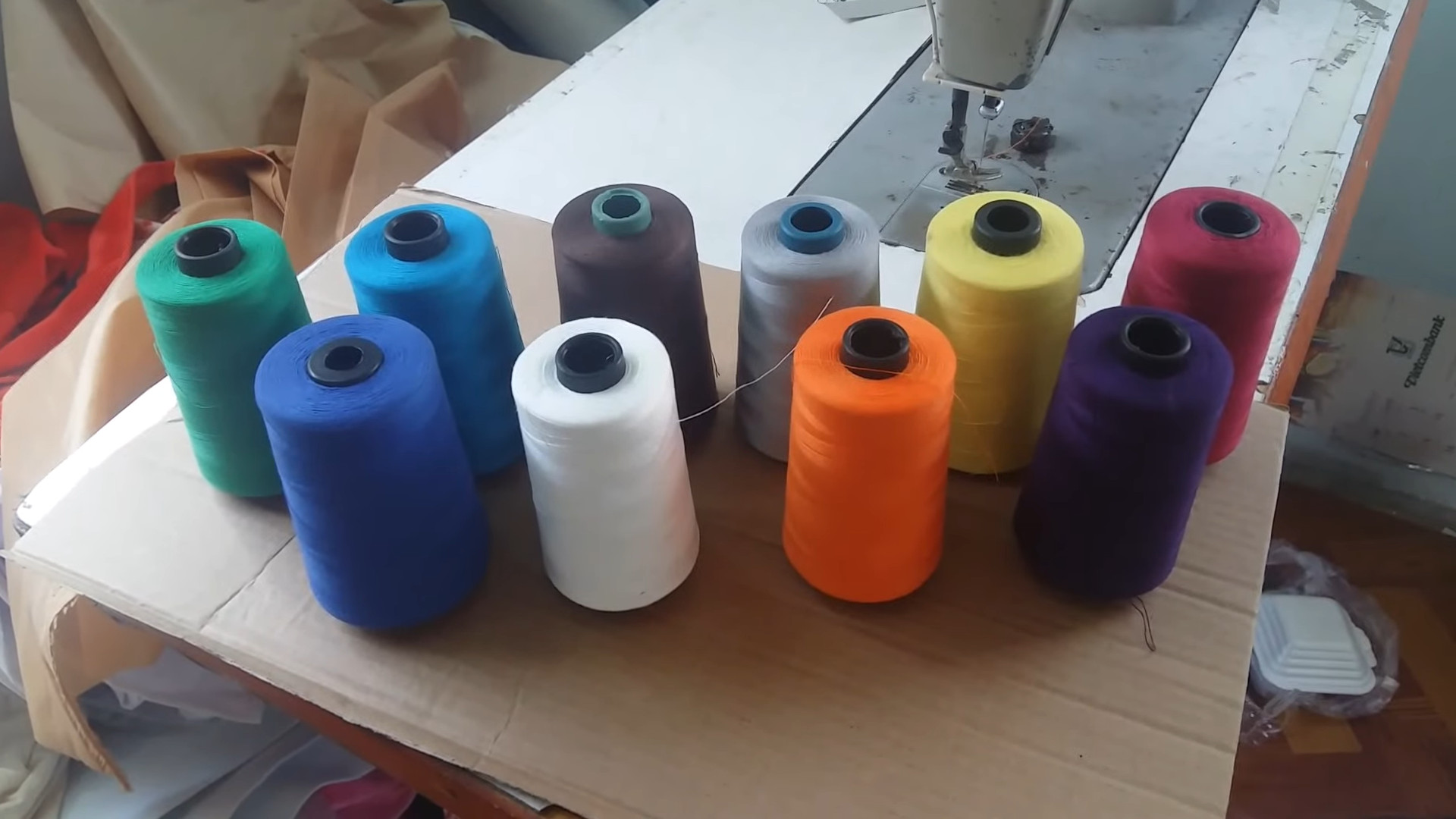
Material
The most common fiber used to manufacture sewing thread is cotton. Since it works on any type of cloth, we call it an all-purpose thread.
However, different kinds of synthetic and natural fibers may also make sewing thread. All of them can be resilient and long-lasting.
Sheen and texture are important for embroidery thread. To achieve this effect, you can choose strands made of cotton, wool, silk, rayon, and similar fibers.
Comparison Table
We have talked about the differences between embroidery thread vs. sewing thread. This comparison table will help summarize their characteristics.
| Criteria | Embroidery Thread | Sewing Thread |
| Use | Decorative stitching | Mending, dress-making, quilting, repairing, and embroidery |
| Texture | Glossy | Not glossy |
| Size | 40 | 50 |
| Strength | Weaker | Stronger |
| Material | Both synthetic and natural fibers | Cotton, wool, silk, rayon, and similar fibers |
Can You Use Embroidery Thread As Sewing Thread?
Although embroidery thread can be sewing thread, it’s essential to pay attention to the kind you’re employing.
For example, you should proceed with care while using rayon-based embroidery thread for dress-making. Rayon may not keep your garment together as effectively as sewing thread since it gets weaker when wet.
On the other hand, you can embroider with just about any kind of sewing thread. The embroidered patterns might have interesting effects if you use various types of sewing thread.
But please note that sewing thread will work if you discover a particular hue you like, but the embroidery thread doesn’t come in that hue.
You may also give the patterns unique sheens and textures by using embroidery thread made from different kinds of fibers.
To see how different embroidery thread kinds influence the pattern’s aesthetic, try stitching the same little design with each type of thread.
In conclusion, it’s better to use sewing thread to embroider than work with embroidery thread for sewing projects.
Related: How to Stretch Out Jeans
Conclusion
Embroidery and sewing thread have different textures, sizes, materials, and strengths because they work for different uses.
Although you can use the thread interchangeably, choosing the right tool will help you get the best result.
Hopefully, you will find this article helpful. For any further information, please feel free to ask. Thank you for reading!

